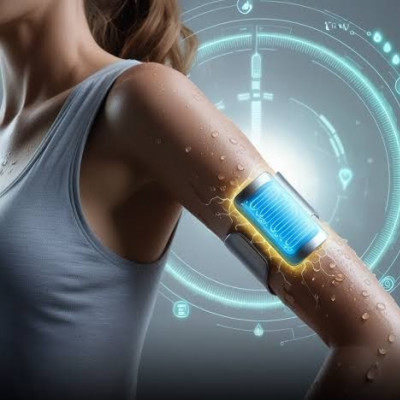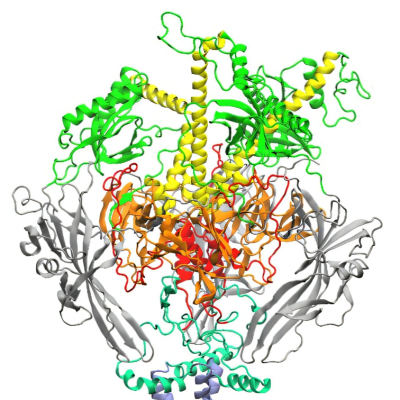4-5 per cent of the Danish population has psoriasis, which is one of the most common skin conditions in the world. The inflammatory disease is characterised by a red rash with white scales, which may vary in form, size and severity.
Today, there are several treatment options for psoriasis patients. Creams and ointments are among the most common. The problem is that the cream must be applied several times a day and leaves the skin feeling greasy, and therefore, some patients often fail to use it consistently, which is vital for treatment success.
Now researchers at the University of Copenhagen have produced a prototype for a patch that may help solve this problem for patients with smaller demarcated areas of plaque psoriasis.
“We have developed a dry patch, which contains active ingredients for treatment of psoriasis, and which reduces the frequency of use to once a day. It has the potential to make treatment more comfortable for plaque psoriasis patients,” says Associate Professor Andrea Heinz from the Department of Pharmacy, who is the corresponding author on a series of articles exploring the patch’s ability to treat plaque psoriasis.
One patch serving several functions
The patch is designed to contain two active ingredients at once and release them onto the skin at different rates.
“It is really clever, because treatment of psoriasis often requires more than one product. The two ingredients are released in a controlled manner and at different rates, as they serve different functions: Salicylic acid is released immediately to remove the dead cells that have accumulated on the skin, while hydrocortisone decreases inflammation of the skin – a process that takes more time,” says first author of the studies Anna-Lena Gürtler and adds:
“We have tested the prototype on pig skin and human skin cells and compared the results to the creams and ointments available at pharmacies, and our studies show that the patch is just as effective as standard treatments.”
Potential to treat other conditions
The researchers used electrospinning to produce the patch – a method where high voltage is applied to a polymer solution to produce synthetic nanofibers. The fibres are then used to make a fibre mat that may be attached to the skin like a plaster.
The researchers are still working on the patch. More research, product development and clinical trials are needed before the method is ready for use. According to Andrea Heinz, though, it has great potential that extends beyond psoriasis treatment:
“A patch containing active ingredients may be an alternative to creams and ointments in the treatment of other inflammatory skin diseases, for instance atopic eczema. It may also be useful in connection with wound healing.”
Read the original article on University of Copenhagen.







